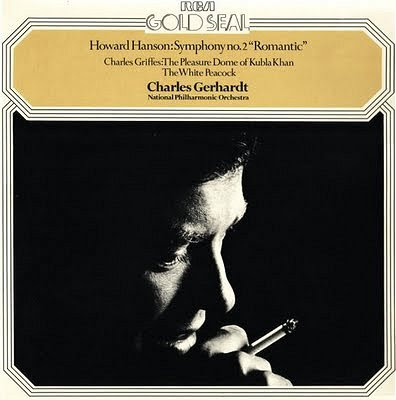More than one way to challenge music comfort zones
Surveying recent commissions for the BBC Proms and elsewhere shows that new classical music is getting shorter. The cynical explanation is that these brief commissions are simply token gestures that avoid challenging music comfort zones for any longer than absolutely necessary. A less cynical view is that shorter durations are a reflection of shortening attention spans. The explanation is probably a combination of both these factors; but whatever the reason the marginalisation of long form contemporary music is a disturbing trend.
John Cage is revered, but, perversely, we do not practise what he preached. He famously declared that “If something is boring after two minutes, try it for four. If still boring, then eight. Then sixteen. Then thirty-two. Eventually one discovers that it is not boring at all”. But in today's online culture, if we find something boring after ten seconds, we simply click away to find something that delivers the holy grail of instant gratification. This preeminence of what Buddhists call the monkey mind means important long form music is being overlooked, because our cultural conditioning now automatically prompts the judgement that short is good and long bad.
Two masters of long form music are seen at work in the two images. The one above is a still from a one hour eleven minute video of a 2014 live performance by Robert Rich broadcast on KFJC 89.7 FM at Foothill College, in Los Altos CA - view the YouTube video via this link. Below is a still from a documentary portrait of Eliane Radigue. Her two hour forty-nine minute composition Trilogie De La Mort can be heard via this link.
The music of both Eliane Radigue and Robert Rich has been influenced by Buddhism. Non-duality is central to both Buddhism and to other perennial wisdom traditions. The difficult to grasp concept of non-duality can be illustrated by the metaphor of a glass that is either half full or half empty. An individual decides which of these descriptions applies to a particular situation and then bases their behaviour on that decision. For instance, when listening to a piece of music a glass half full judgement welcomes the work to the listeners comfort zone, while a half empty judgement consigns it to oblivion in the 'too challenging for comfort' trash bin. But in reality, and this is the non-dualist view, the glass is both half empty and half full. In music terms the work exists both inside and outside the listeners comfort zone. Or in other words, the concept of comfort zones is a profoundly unhelpful illusion.
The teaching that after thirty-two minutes repetitive music is no longer boring can be extended to posit that after thirty-two minutes any challenging music becomes significantly less challenging. On average U.S. adults spend three hours and 48 minutes a day on computers, tablets and smartphones. Devoting 32 minutes of that time - just 14% of total screen time - to exploring long form music via the two links above is a small price to pay for exploring the seductive world of non-duality.

New Overgrown Path posts are available via RSS/email by entering your email address in the right-hand sidebar. Any copyrighted material is included for critical analysis, and will be removed at the request of copyright owner(s).










Comments
Happy New Year from Texas, Pliable!